The Samsung Galaxy S10+ Snapdragon & Exynos Review: Almost Perfect, Yet So Flawed
by Andrei Frumusanu on March 29, 2019 9:00 AM ESTCamera - Low Light Evaluation
Low-light capture improvements is something that Samsung has been very mum about for the Galaxy S10. Fundamentally on the hardware side of things nothing has really improved compared to the Galaxy S9/Note9. So in practise, any difference we would be seeing should be solely based on the processing improvements of the Galaxy S10.
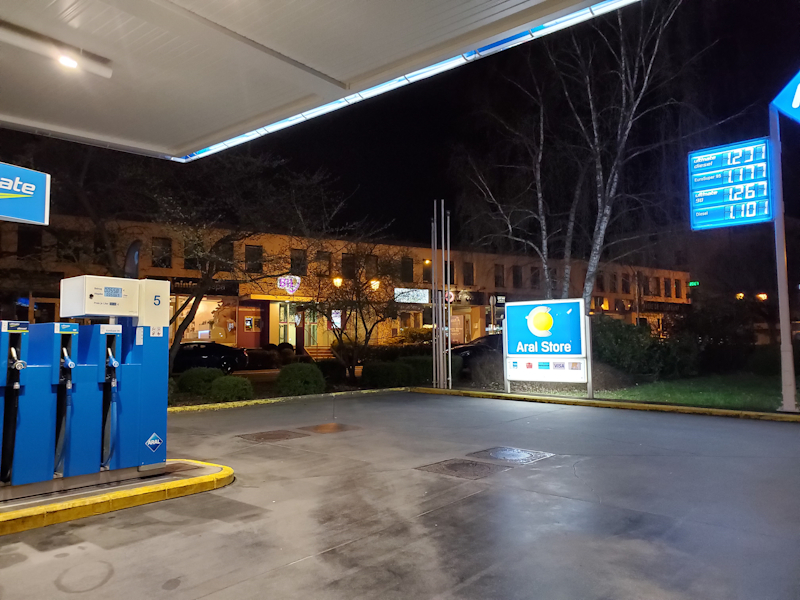
[ Galaxy S10+ Snapdragon ] - [ Galaxy S10+ Exynos ]
[ Galaxy Note9 (E) ] - [ Galaxy S9+ (S) ] - [ Galaxy S8 ]
[ iPhone XS ] - [ iPhone X ] [ LG V40 ] - [ OnePlus 6T ]
[ Pixel 3 ] - [ View20 ] - [ Mate 20Pro ]
In the first shot, we’re seeing again very different results between the Snapdragon and Exynos, but in a twist compared to the daylight shots, this time around it’s an advantage on the side of the Exynos model. Here the latter models is able to bring out a lot more shadows in the scene and is significantly sharper than the Snapdragon variant. The Snapdragon does a bit better on the bright highlights of the signage, however I don’t think this was worth it as it gives up too much in other parts of the shot.
I feel as if the Snapdragon has quite a bit of sharpening going on, which makes very little sense to use in a scenario like this.
The Galaxy S10’s are both beat by the Mate 20 Pro’s large sensor which just has much better native dynamic range, retaining more texture details on the gas station floor and roof.
Using the wide-angle lens in such a scenario doesn’t result in very good picture. The Snapdragon achieves better dynamic range and able to show the signage correctly without overblowing it, however the Exynos beats it in terms of detail. Noise on the latter is a lore more coarse and pronounced which can result in some ugly regions on even surfaces.

[ Galaxy S10+ Snapdragon ] - [ Galaxy S10+ Exynos ]
[ Galaxy Note9 (E) ] - [ Galaxy S9+ (S) ] - [ Galaxy S8 ]
[ iPhone XS ] - [ iPhone X ] - [ LG V40 ] - [ OnePlus 6T ]
[ Pixel 3 ] - [ View20 ] - [ Mate 20Pro ]
Big advantages in sharpness on the bright parts of the picture for the Snapdragon with stronger contrast for this phone. The Exynos doesn’t do well on the bright parts, blurring them, but on the other hand it has better details in the shadows than the Snapdrgon, with overall less pronounced light noise.
In terms of light capture, the Mate 20 Pro is far ahead and Night Sight on the Pixel 3 also sweeps the floor with the competition.
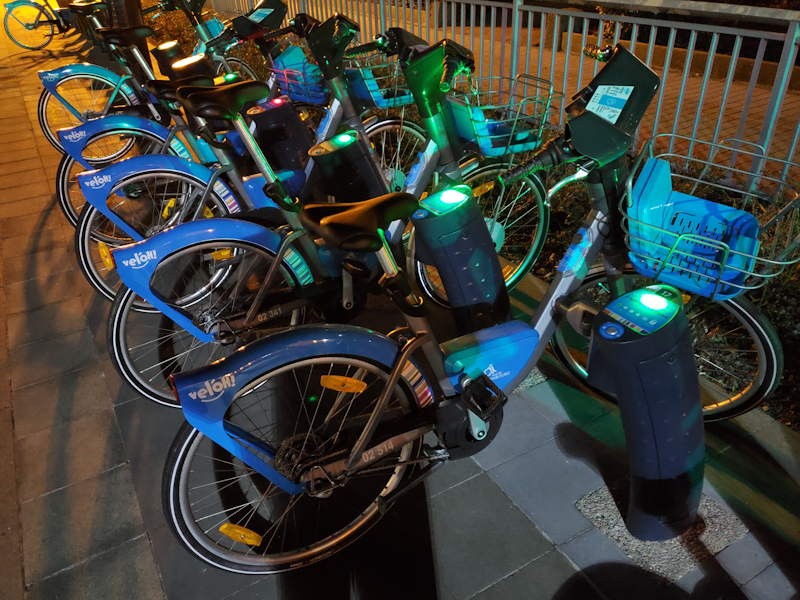
[ Galaxy S10+ Snapdragon ] - [ Galaxy S10+ Exynos ]
[ Galaxy Note9 (E) ] - [ Galaxy S9+ (S) ] - [ Galaxy S8 ]
[ iPhone XS ] - [ iPhone X ] - [ LG V40 ] - [ OnePlus 6T ]
[ Pixel 3 ] - [ View20 ] - [ Mate 20Pro ]
The Snapdragon here is heavier processed with darker shadows and noise reduction, however this makes little sense in a low-light show and the Exynos is more natural with better shadow detail even if it has more natural sensor noise.
Although Samsung at least beats the newest iPhones, it’s no match for Huawei and the Pixel’s Night sight.
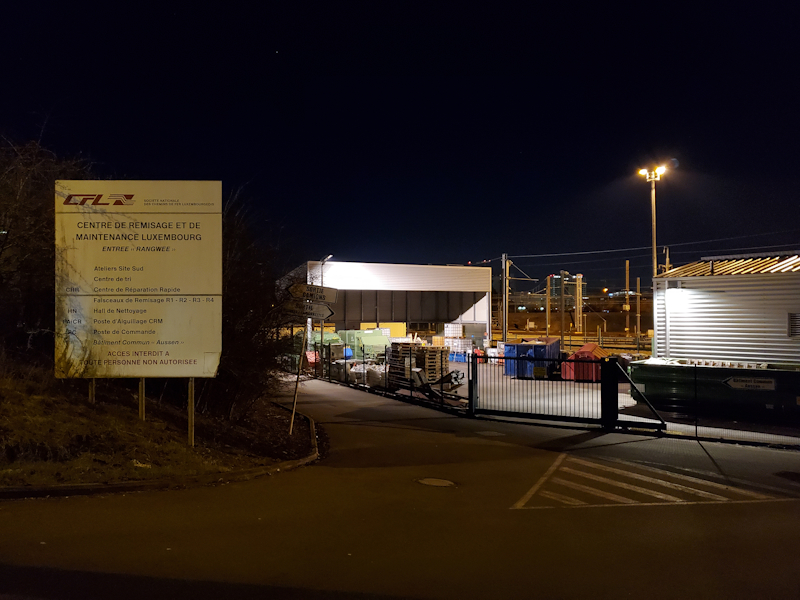
[ Galaxy S10+ Snapdragon ] - [ Galaxy S10+ Exynos ]
[ Galaxy Note9 (E) ] - [ Galaxy S9+ (S) ] - [ Galaxy S8 ]
[ iPhone XS ] - [ iPhone X ] - [ LG V40 ] - [ OnePlus 6T ]
[ Pixel 3 ] - [ View20 ] - [ Mate 20Pro ]
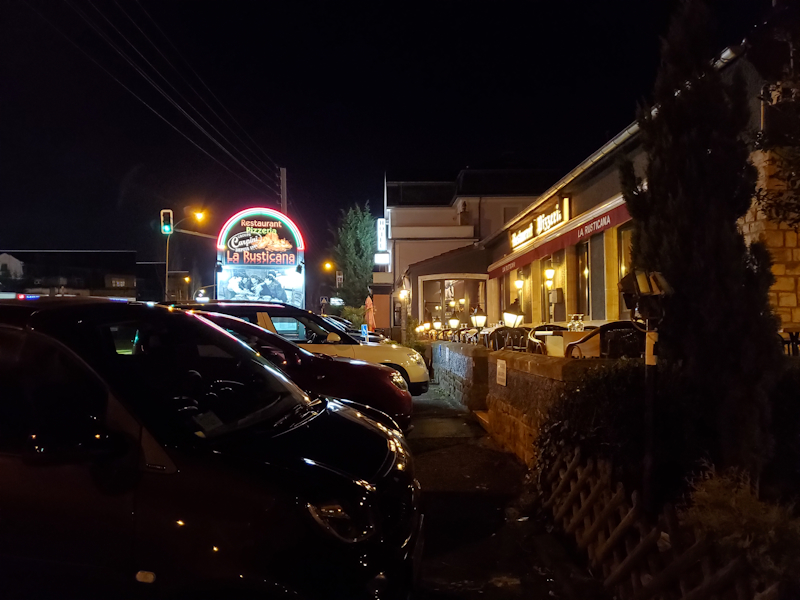
[ Galaxy S10+ Snapdragon ] - [ Galaxy S10+ Exynos ]
[ Galaxy Note9 (E) ] - [ Galaxy S9+ (S) ] - [ Galaxy S8 ]
[ iPhone XS ] - [ iPhone X ] - [ LG V40 ] - [ OnePlus 6T ]
[ Pixel 3 ] - [ View20 ] - [ Mate 20Pro ]
In the last generic low light shot we see the Snapdragon again favour evening out highlights and sacrificing shadows. The Exynos does the opposite with more blown out highlights but with better shadow detail retention in the foreground.
On the wide angle, the Exynos produces a much more useable shot even though the noise is quite terrible.
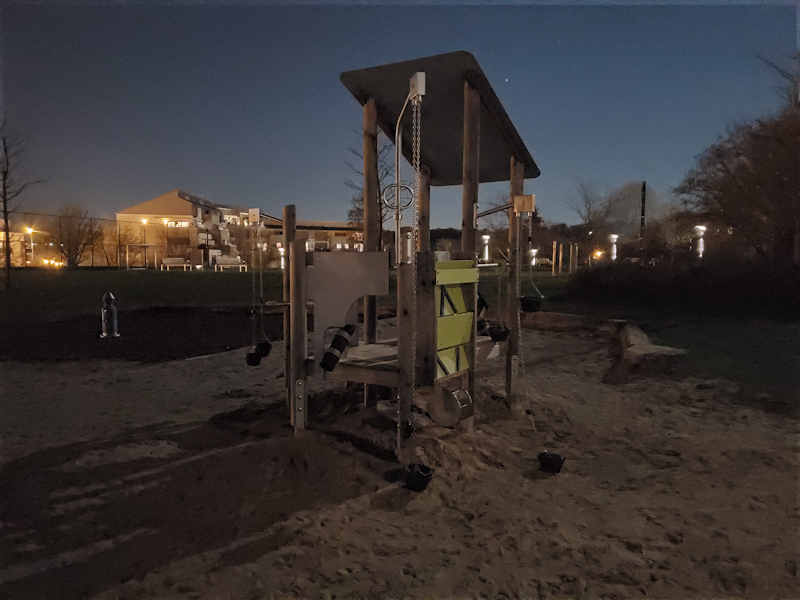
[ Galaxy S10+ Snapdragon ] - [ Galaxy S10+ Exynos ]
[ Galaxy Note9 (E) ] - [ Galaxy S9+ (S) ] - [ Galaxy S8 ]
[ iPhone XS ] - [ iPhone X ] - [ LG V40 ]
[ OnePlus 6T ] - [ Pixel 3 ]
[ View20 ] - [ Mate 20Pro ]
Going into extreme low light scenarios, we’re venturing into shots that usually in the past we didn’t expect phones to be able to capture.
This is the first scene in which Samsung’s new Bright Night mode triggers. The new extreme ultra low light mode functions similarly to Huawei’s Night mode or Google’s Night sight, although the results here aren’t quite the same. The result here heavily favour the Snapdragon chip as it’s able to produce much less noise. It’s not competing with Huawei or Google, however it is able to showcase a result that is much better than some other traditional shooters.

[ Galaxy S10+ Snapdragon ] - [ Galaxy S10+ Exynos ]
[ Galaxy Note9 (E) ] - [ Galaxy S9+ (S) ] - [ Galaxy S8 ]
[ iPhone XS ] - [ iPhone X ] - [ LG V40 ] - [ OnePlus 6T ]
[ Pixel 3 ] - [ View20 ] - [ Mate 20Pro ]
A second example of the new Bright Night mode, we again see that it does help the S10 over its auto mode and it lands the phone in third place after Huawei’s flagship and Google’s Night Sight.
Low-light Conclusion
Overall, the low-light capture ability of the Galaxy S10 isn’t very exciting. Fundamentally Samsung needed to innovate more in this regard and I would have wanted to see some more innovation to the likes of Huawei and Google.
Low-light is again a scenario where the Snapdragon and Exynos variants of the S10 differ quite a bit. The latter tends to produce more natural noise in most shots and retains more shadow detail, while the Snapdragon does better in brighter parts. Overall, I’d say it’s a toss-up between the two and it’ll depend on the given scene.










229 Comments
View All Comments
TechieSandy - Tuesday, April 2, 2019 - link
The difference in the Dynamic Range between the Snapdragon and the Exynos variant may have less to do with processing than the triggering by the camera. In one of the pics the Exynos proxessor has better details in the shadows and more dynamic range.In this photo:
https://images.anandtech.com/galleries/6981/S10PS_...
It may be something triggering the HDR algorithm. It may have to do with it.
Andrei Frumusanu - Friday, April 5, 2019 - link
That image you linked is the Snapdragon - check the difference in detail in the marble for example.urbanman2004 - Tuesday, April 2, 2019 - link
No wonder people are holding onto their phones at the most for 4 years as indicated by this article after seeing those prices. After selling my Galaxy S7, never again will I find myself being held captive from the ever tightening stranglehold made by SamsungKishoreshack - Tuesday, April 2, 2019 - link
Excellent review by Andreithis is even better than what Brian Klug used to do
your analysis is good & conclusion are spot on
I think you missed to test the GPS on both phones
which would make it a complete review
Andrei Frumusanu - Friday, April 5, 2019 - link
GPS part taken note of, I'll see what can be done in the future.nyonya - Wednesday, April 3, 2019 - link
Will the test results be added to Bench soon? Also, any guesses as to the battery life of the (Snapdragon) S10e? There's finally a small flagship phone and I'll probably upgrade to it. And agreed on the power button location, it's stupidly high on all the S10 variants.ElFenix - Wednesday, April 3, 2019 - link
45° FoV corresponds with a 52 mm lens on a 35 mm camera, which most people would consider 'normal' rather than 'telephoto.' 77° FoV corresponds with a 27 mm lens on a 35 mm camera, which most people would consider 'wide angle.' 123° FoV corresponds with a 12 mm lens on a 35 mm camera, which most people would consider 'super wide angle.'so this phone doens't have a telephoto camera in the traditional sense. only normal, wide, and super-wide.
s.yu - Friday, April 5, 2019 - link
Indeed it is and is what many have been complaining about, the terminology issue of phone cameras.US3R13 - Sunday, April 7, 2019 - link
I have a question in regard to the camera output of the Exynos model.Does the different we saw in the review only occur in the JPG or even if we shoot raw the difference still exists?
Thanks
zoamster - Wednesday, April 10, 2019 - link
This review was a real real treat.I have been waiting for this review ever since the devices launched and have checked the website more than 20 times. No review can be better than this and I hope the authors keep doing the excellent work.
I wish samsung starts selling snapdragon Soc phones in India(which i know they won't) and stop making those shitty ass exynos processors and start including hifi dac as lg does. Maybe improve the camera software department as pixel's or apple's.
It seriously feels bad that you spend a fortune to buy trash.
One question- Will the unlocked SD variant work fine in India?
PS- Thank you for make this excellent review and I hope to see more in future.